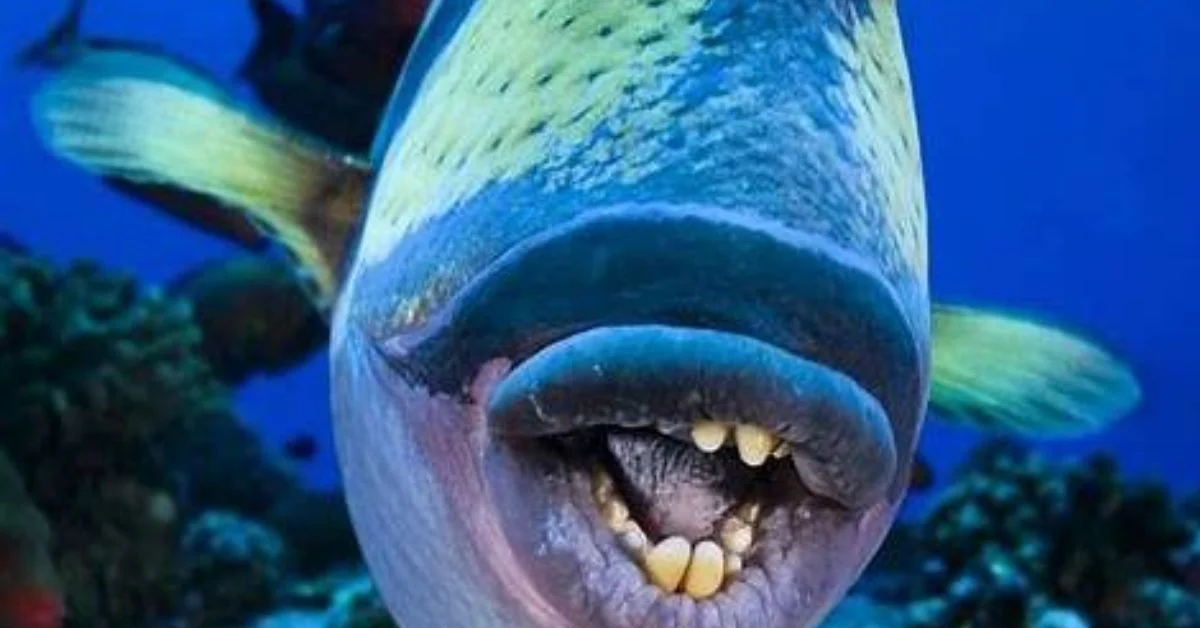When we think of marine life, vibrant coral reefs and colorful fish often come to mind. However, the ocean is also home to a variety of peculiar and unconventional species that challenge our perceptions of beauty. These so-called “ugly fish” play crucial roles in their ecosystems and offer fascinating insights into the diversity of aquatic life.
What Defines an Ugly Fish?
The term “ugly” is subjective and often reflects human biases toward certain aesthetic standards. In the context of fish, species labeled as “ugly” typically possess features that deviate from the norm, such as unusual body shapes, disproportionate features, or unique skin textures. While these characteristics might seem unappealing to some, they often serve specific evolutionary purposes, aiding in survival, predation, or camouflage.
Notable Examples of Ugly Fish
Blobfish (Psychrolutes marcidus)
Perhaps the most infamous of the ugly fish, the blobfish resides in the deep waters off Australia and New Zealand. Its gelatinous body lacks a full skeleton and muscles, adaptations that allow it to withstand extreme pressures of the deep sea. Out of its natural habitat, the blobfish appears as a saggy, amorphous mass due to the lack of water pressure to maintain its shape. Despite its unflattering appearance, the blobfish gained recognition by winning New Zealand’s Fish of the Year in 2025, highlighting the importance of conserving even the less aesthetically pleasing species.
Monkfish (Lophius spp.)
Monkfish, also known as anglerfish, inhabit the Atlantic Ocean’s continental shelf. They have broad, flat heads and wide mouths filled with sharp teeth. A distinctive feature is the bioluminescent lure on their heads, used to attract prey in dark ocean depths. Despite their menacing appearance, monkfish are considered a delicacy in many cuisines.
Goblin Shark (Mitsukurina owstoni)
The goblin shark is a rare, deep-sea species recognized by its elongated snout and protrusible jaws filled with nail-like teeth. Its pinkish skin and flabby body contribute to its otherworldly appearance. This “living fossil” provides valuable insights into shark evolution and deep-sea adaptations.
Frilled Shark (Chlamydoselachus anguineus)
Resembling an eel, the frilled shark has a long, slender body and a head reminiscent of ancient reptiles. Its numerous needle-like teeth and frilled gill slits give it a prehistoric look. This deep-sea dweller is rarely seen and remains one of the ocean’s most enigmatic creatures.
Sloane’s Viperfish (Chauliodus sloani)
Sloane’s viperfish is notable for its large, fang-like teeth and bioluminescent organs that attract prey. Its slender, silver-blue body allows it to navigate the deep ocean with ease. The viperfish’s menacing appearance is a testament to the extreme adaptations required for survival in the deep sea.
The Role of ‘Ugly’ Fish in Their Ecosystems
Despite their unconventional appearances, these fish play vital roles in maintaining the health and balance of marine ecosystems. As predators, scavengers, or prey, they contribute to the intricate food webs that sustain ocean life. For instance, monkfish help control populations of smaller fish and invertebrates, while deep-sea species like the blobfish are integral to nutrient cycling in their habitats.
Conservation Challenges and Misconceptions
Aesthetic biases can influence conservation efforts, often leading to the neglect of less visually appealing species. Studies have shown that fish perceived as “ugly” are more likely to be endangered, partly due to a lack of public support for their protection. This discrepancy underscores the need to raise awareness about the ecological importance of all species, regardless of their appearance.
Appreciating the Diversity of Marine Life
Embracing the full spectrum of marine biodiversity means recognizing the value of all creatures, not just those deemed beautiful by human standards. Educational initiatives and ecotourism can play significant roles in shifting perceptions and promoting the conservation of these unique species.
Conclusion
The so-called ugly fish of the world challenge our perceptions and highlight the incredible diversity of marine life. By looking beyond appearances and understanding the vital roles these species play in their ecosystems, we can foster a more inclusive approach to conservation. Protecting these unconventional creatures is essential for maintaining the health and balance of our oceans.
FAQs
Q: Why are some fish considered ‘ugly’?
A: Fish are often labeled as “ugly” based on human aesthetic standards. Features such as unusual body shapes, disproportionate features, or unique skin textures contribute to this perception.
Q: Do ugly fish have any unique adaptations?
A: Yes, many of these ugly fish have evolved specific adaptations suited to their environments, such as bioluminescent lures for attracting prey or gelatinous bodies to withstand deep-sea pressures.
Q: Are ugly fish endangered?
A: Some species are at risk due to factors like habitat destruction and overfishing. Conservation efforts are essential to protect these unique creatures.
Q: Can ugly fish be kept in home aquariums?
A: While some species might be kept by experienced aquarists, many have specialized needs that make them unsuitable for typical home aquariums.
Q: How can I help conserve ‘ugly’ fish species?
A: Supporting sustainable seafood choices, advocating for marine protected areas, and educating others about the importance of all marine life can contribute to their conservation.









